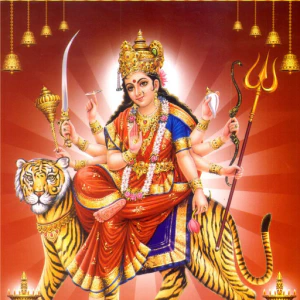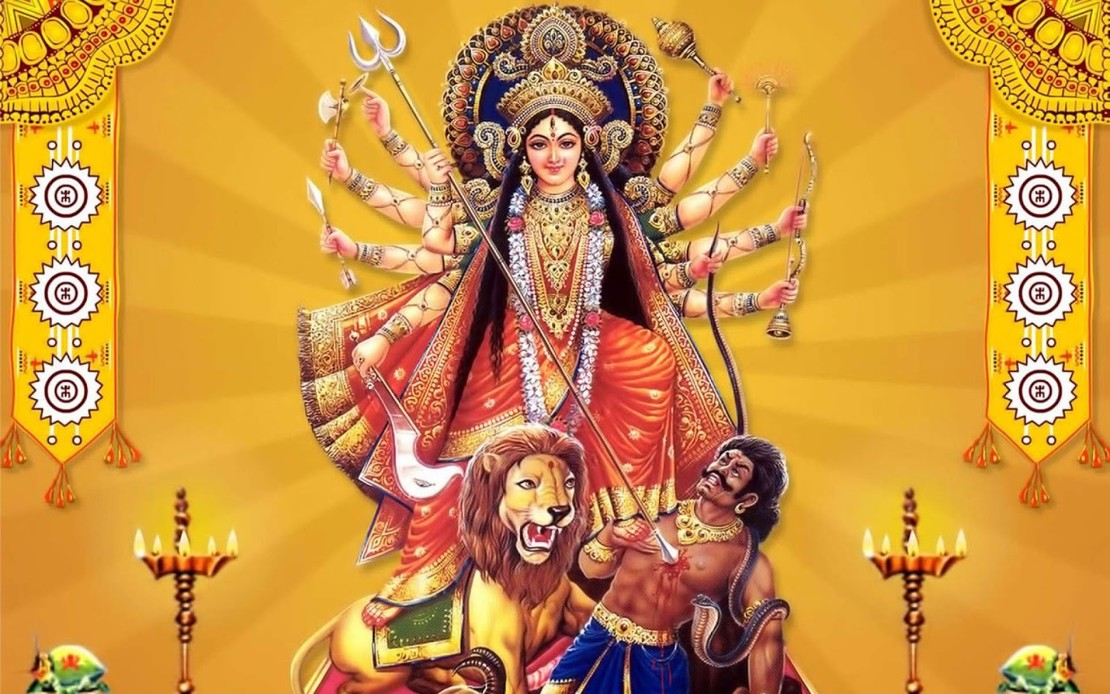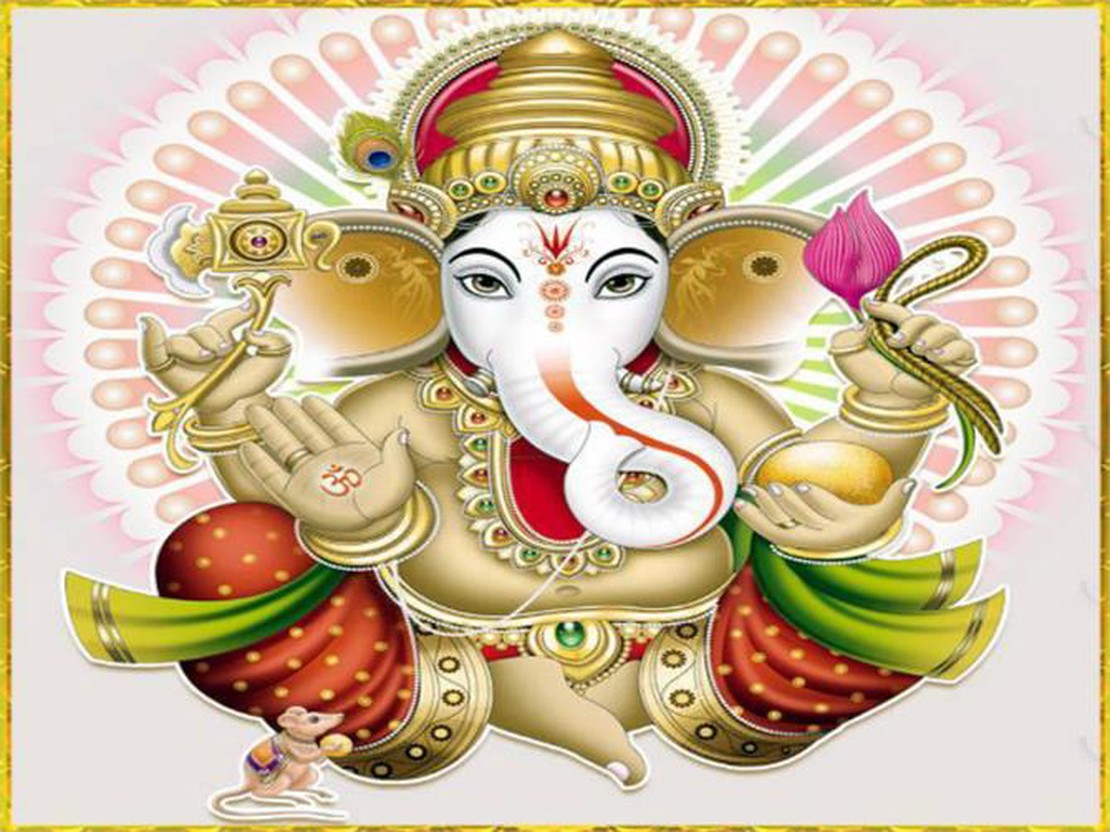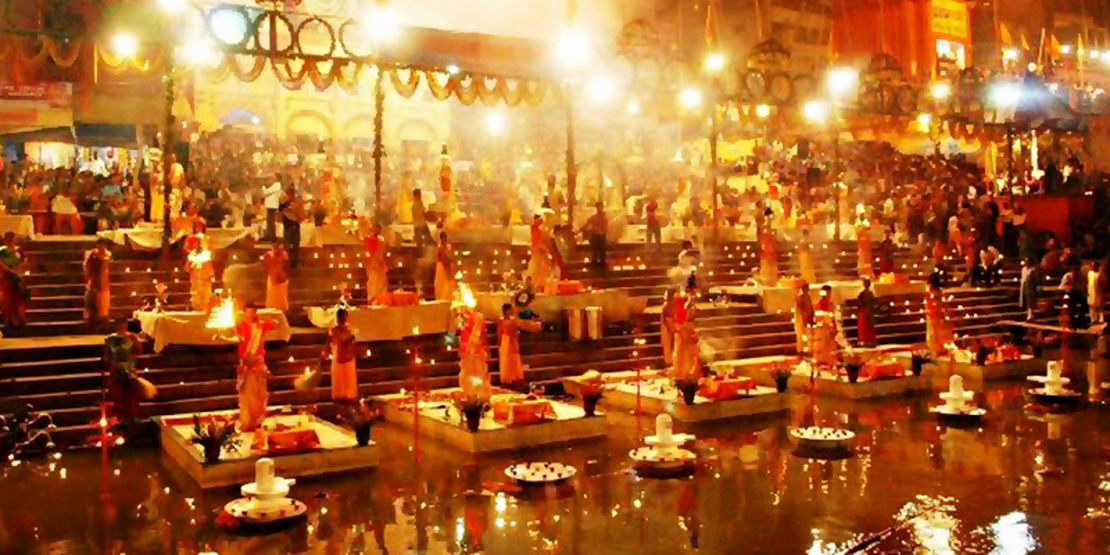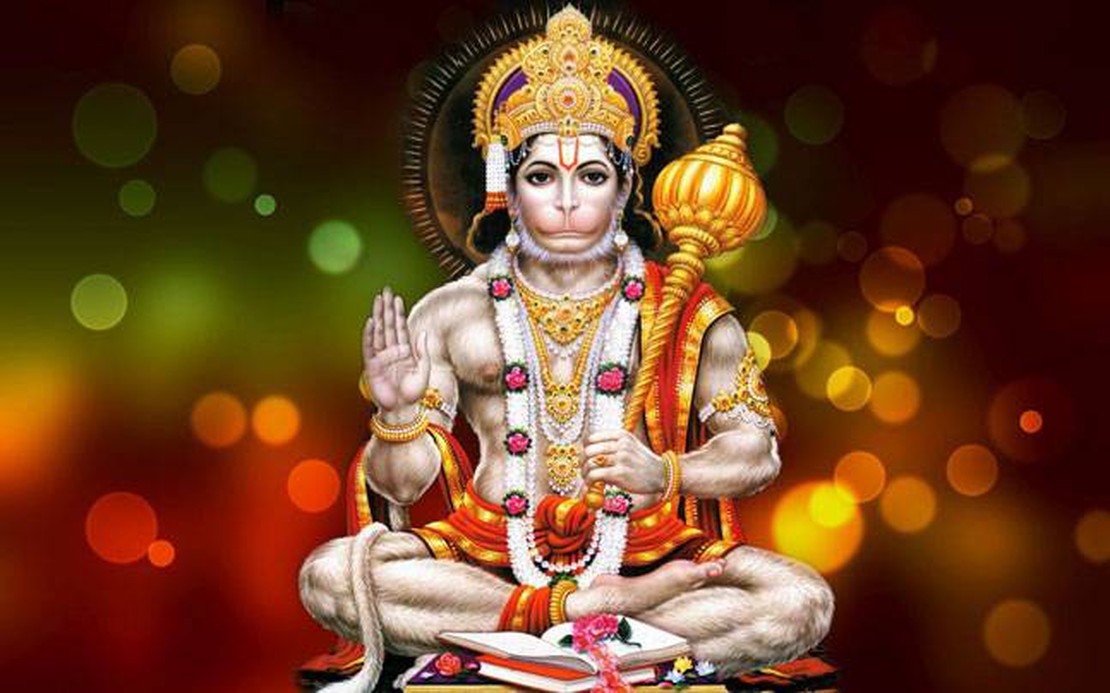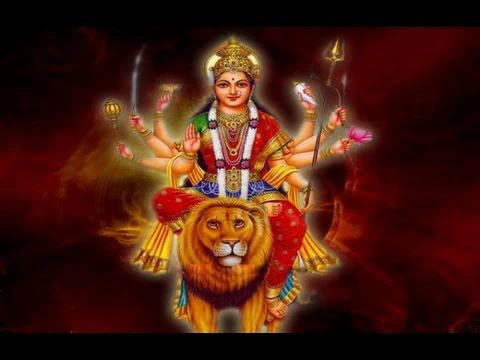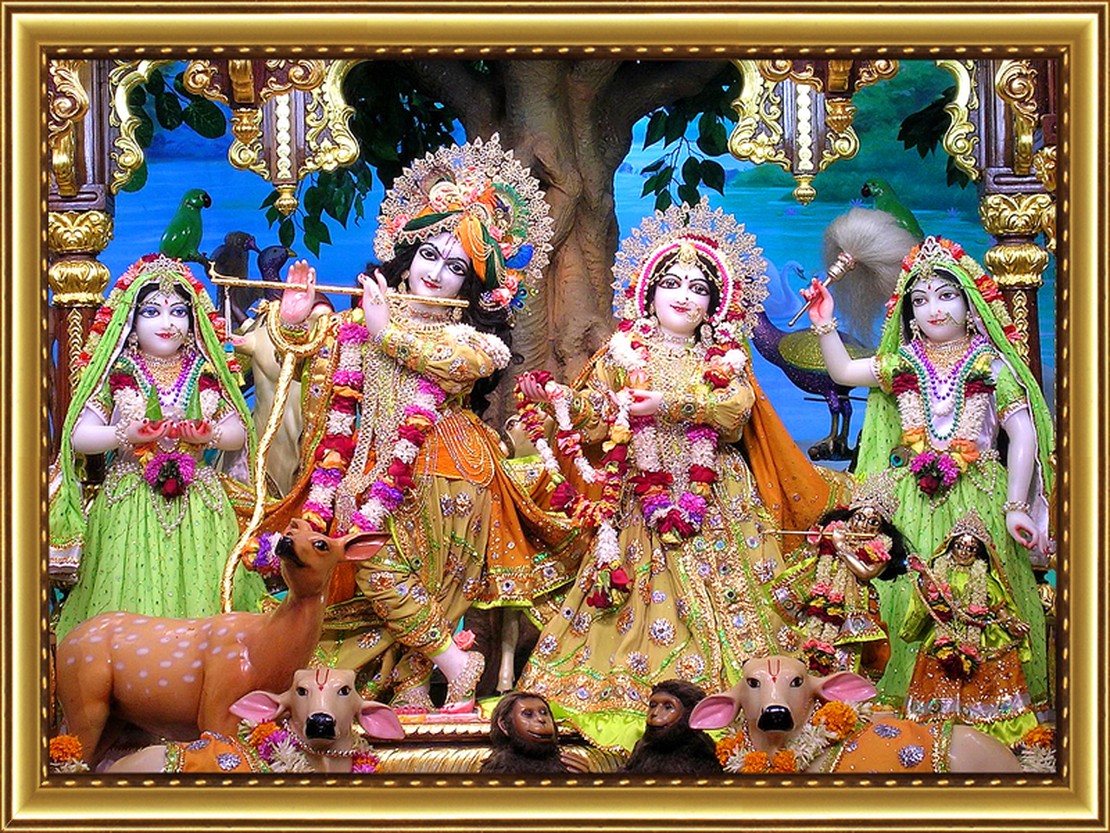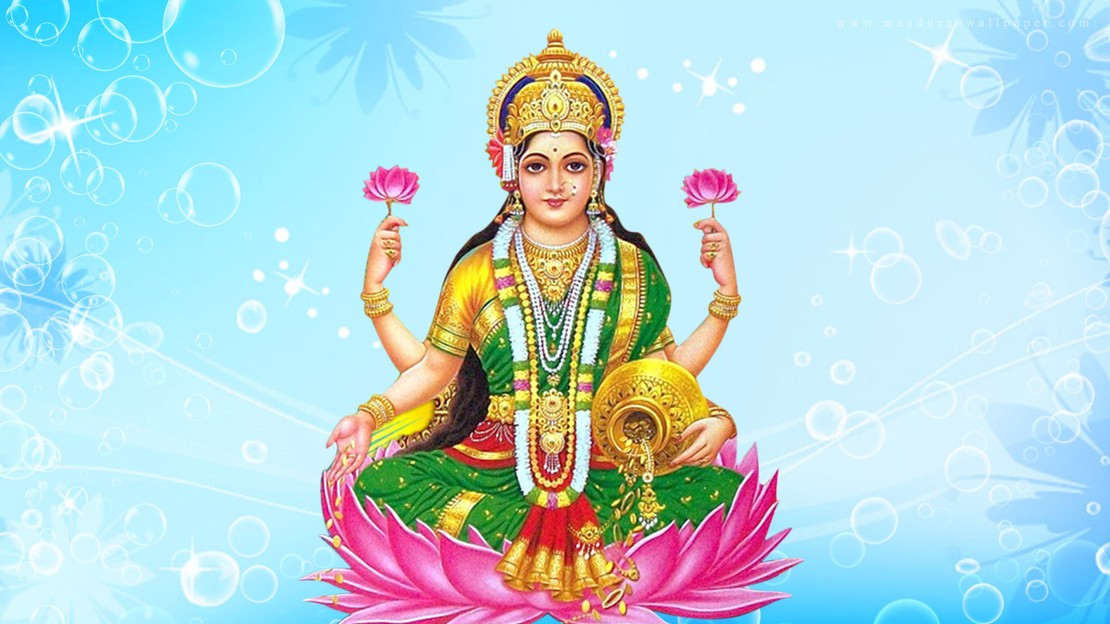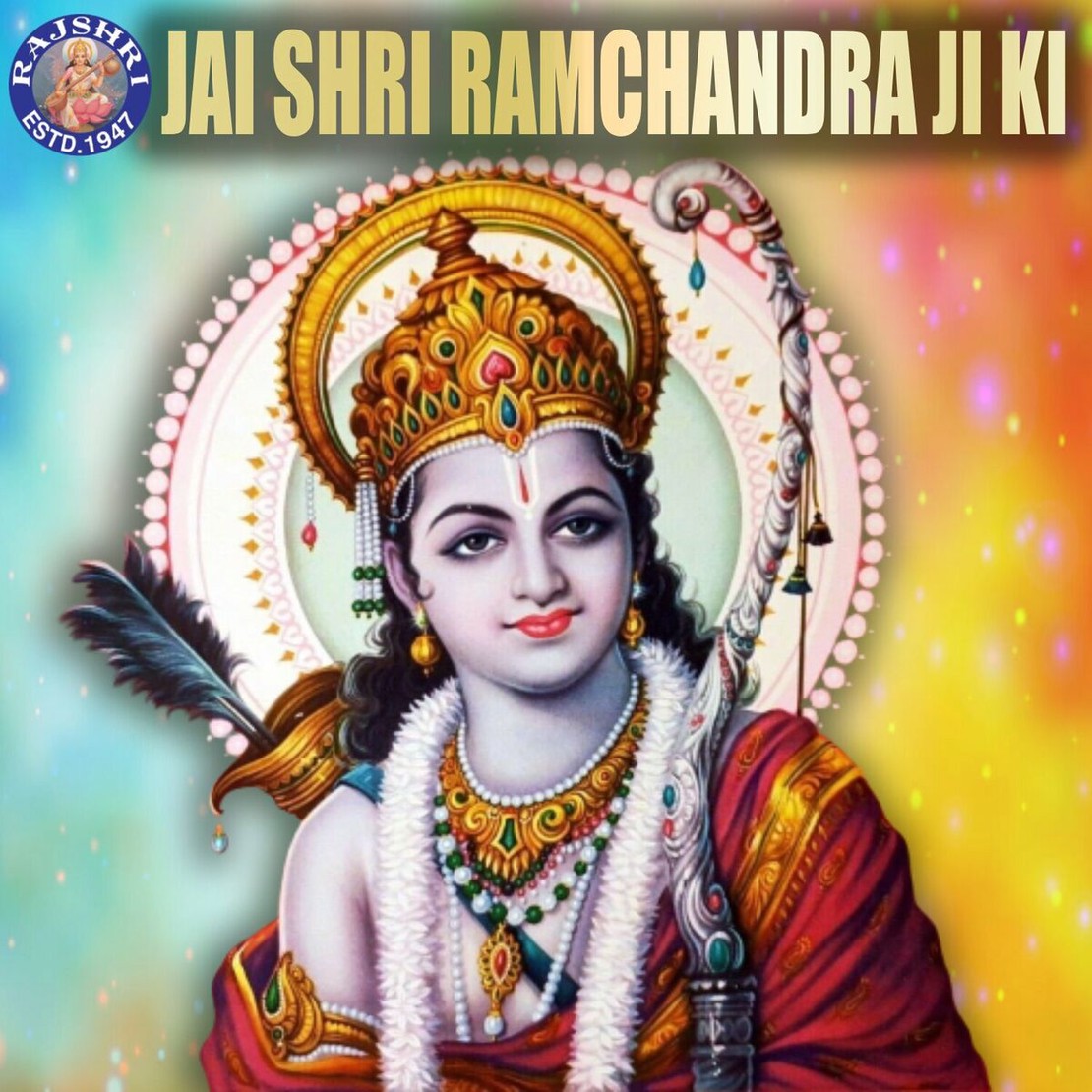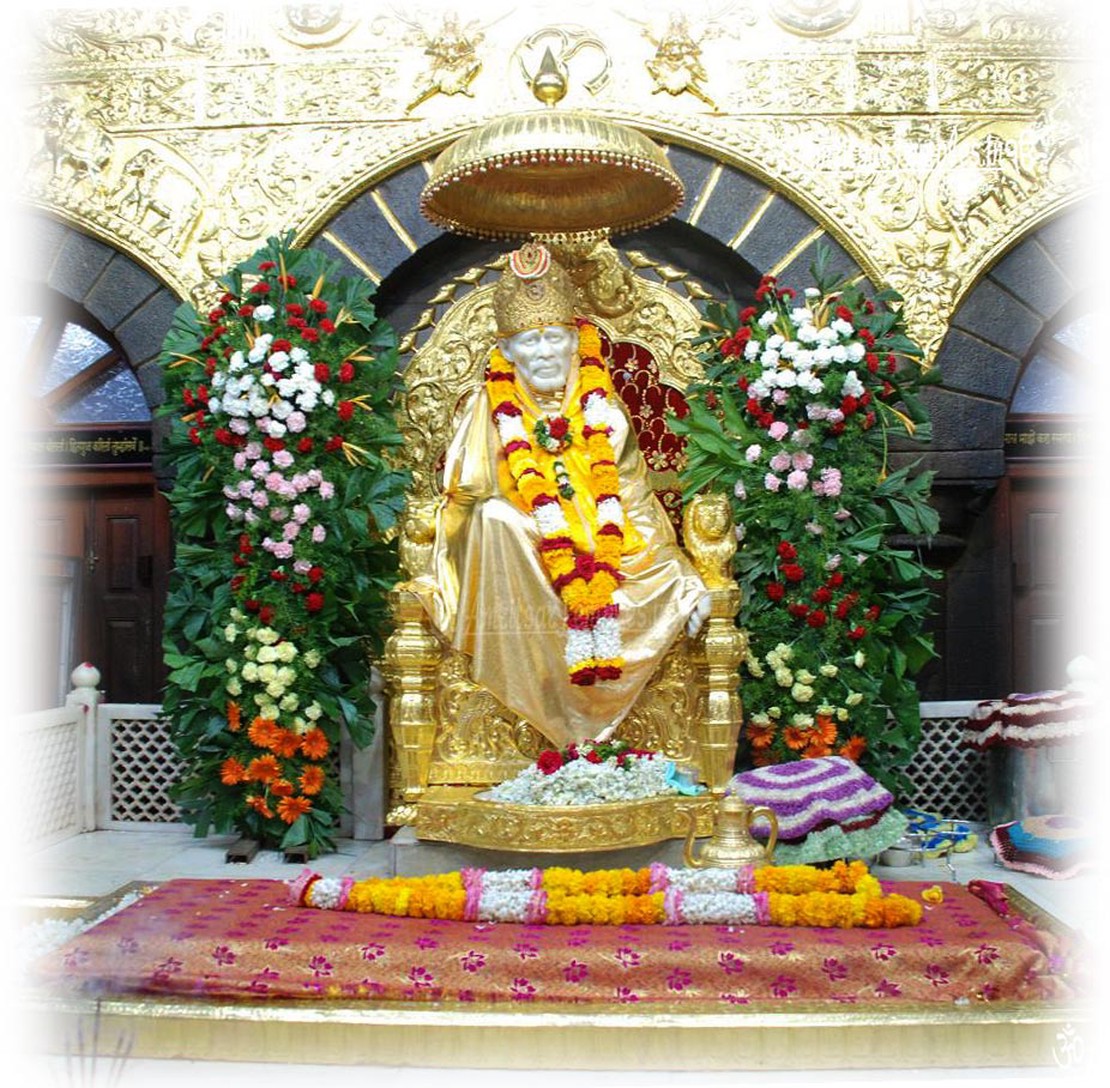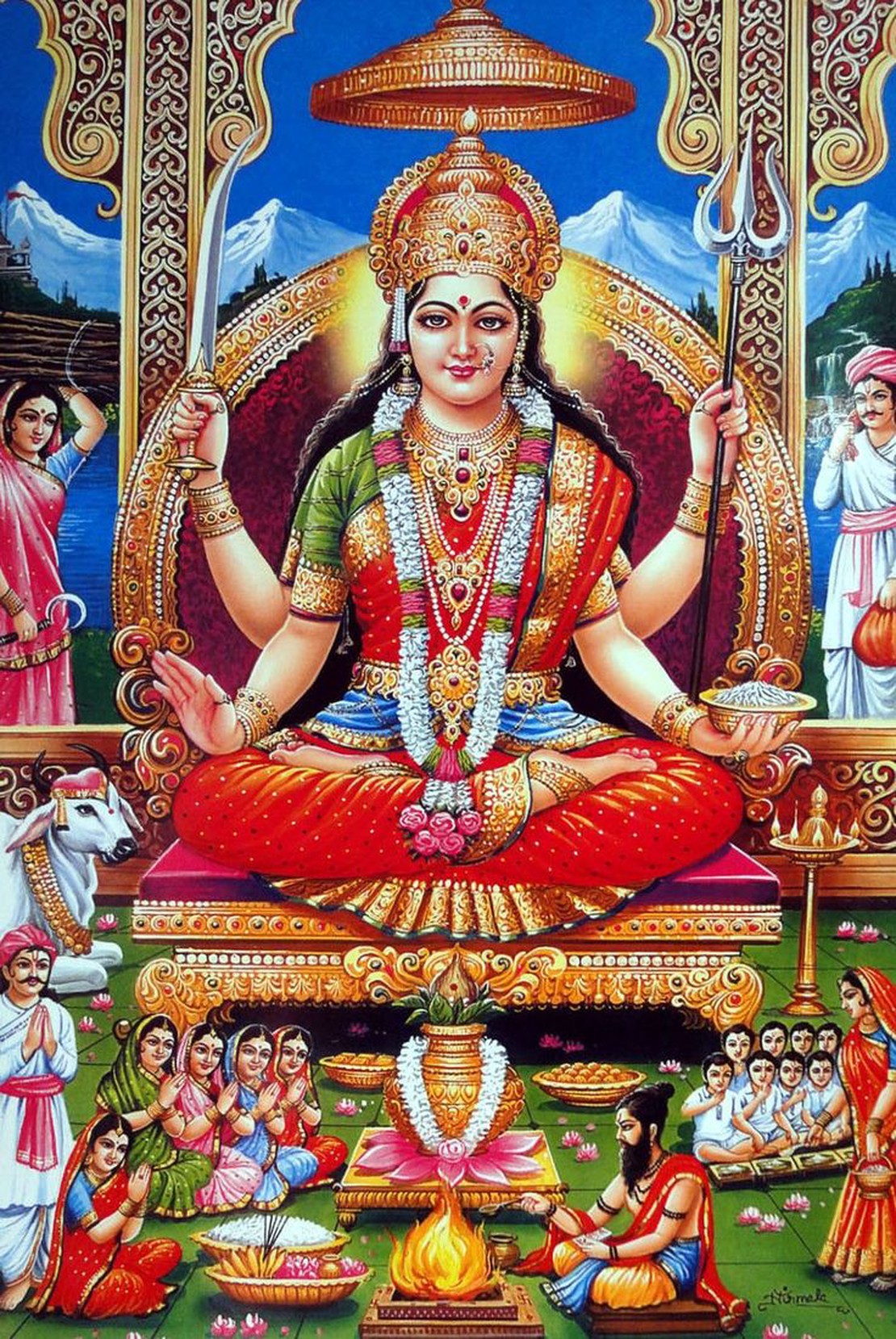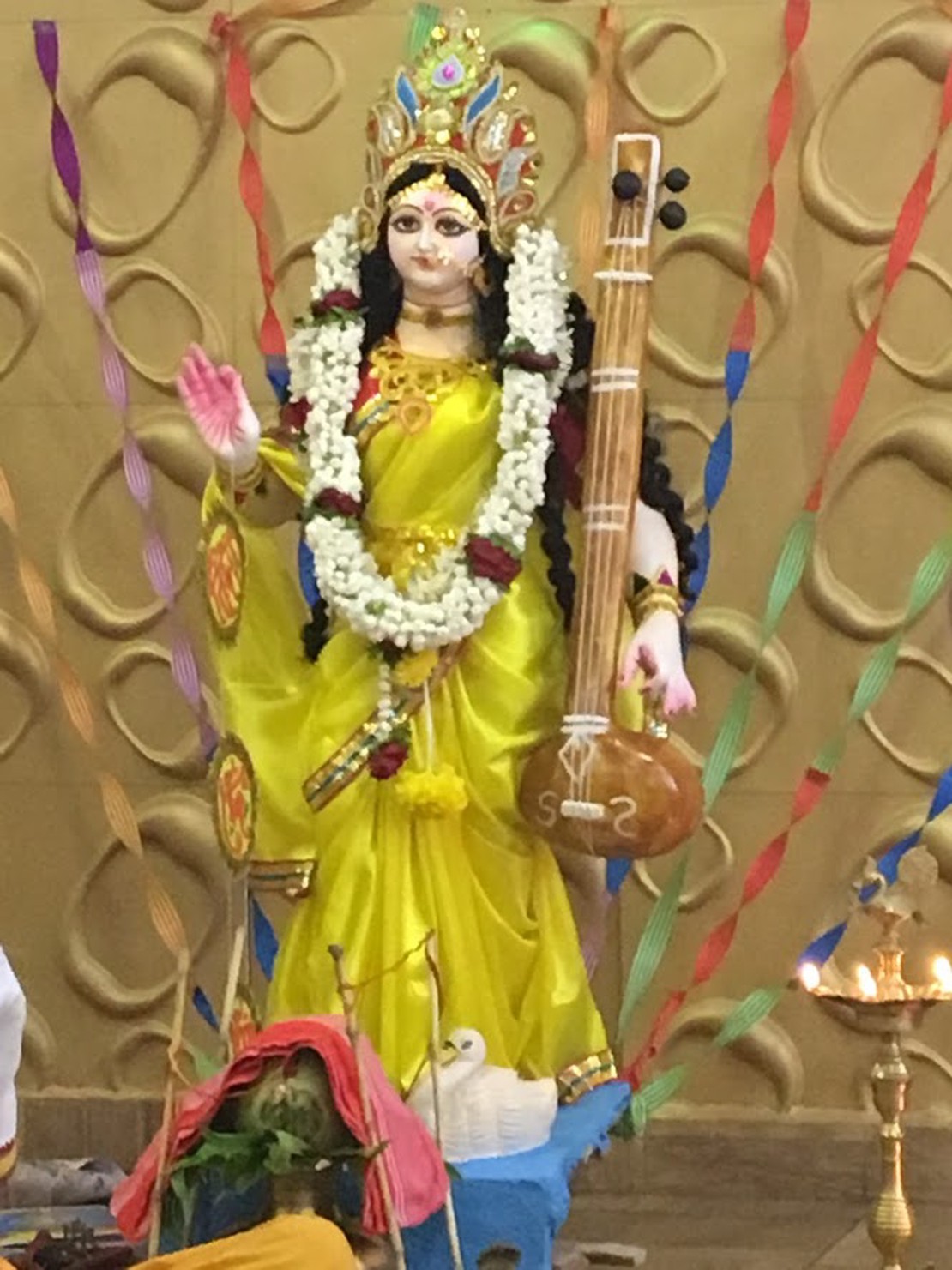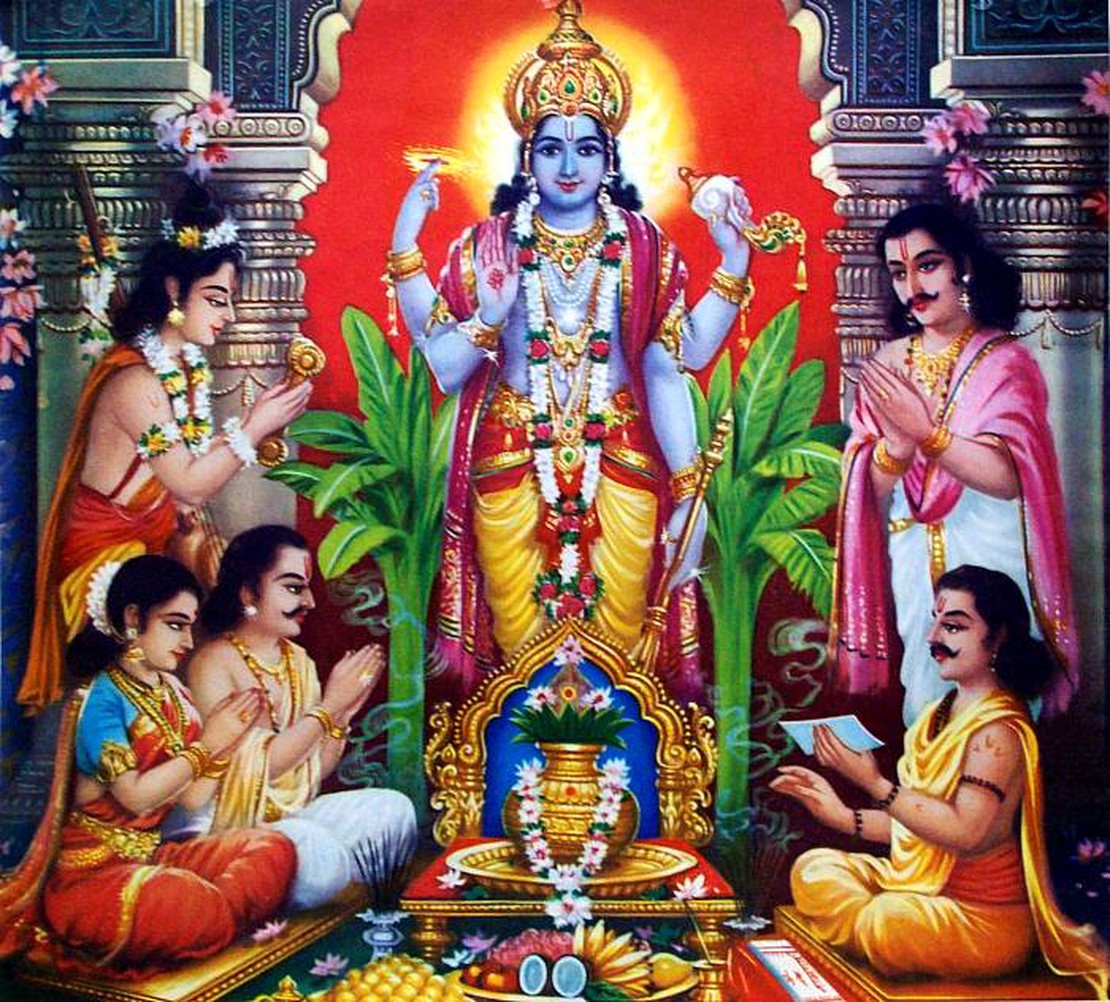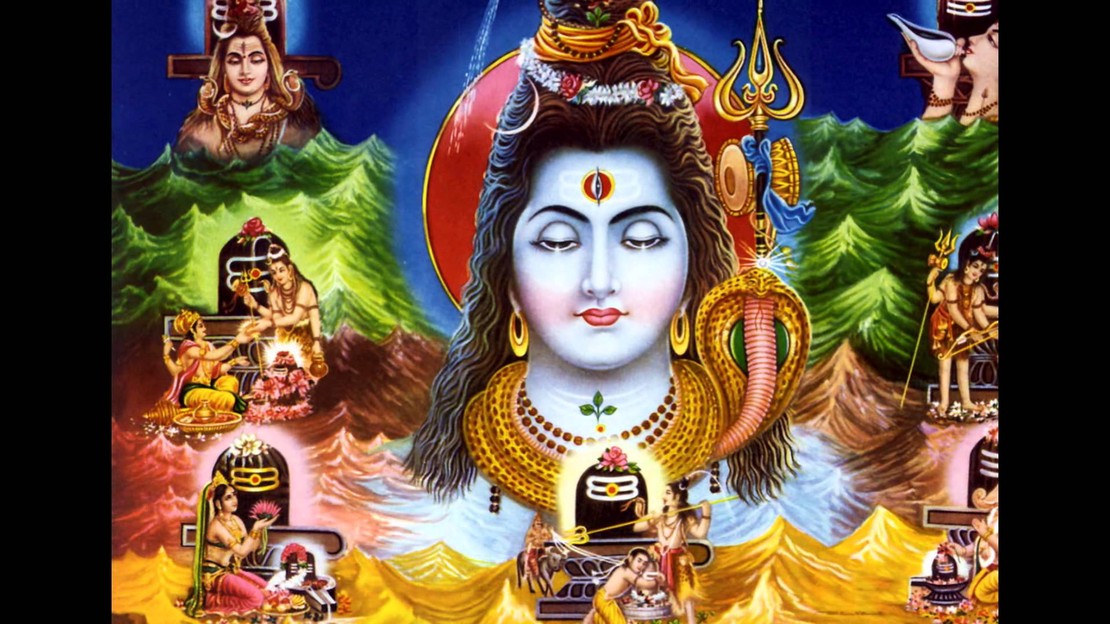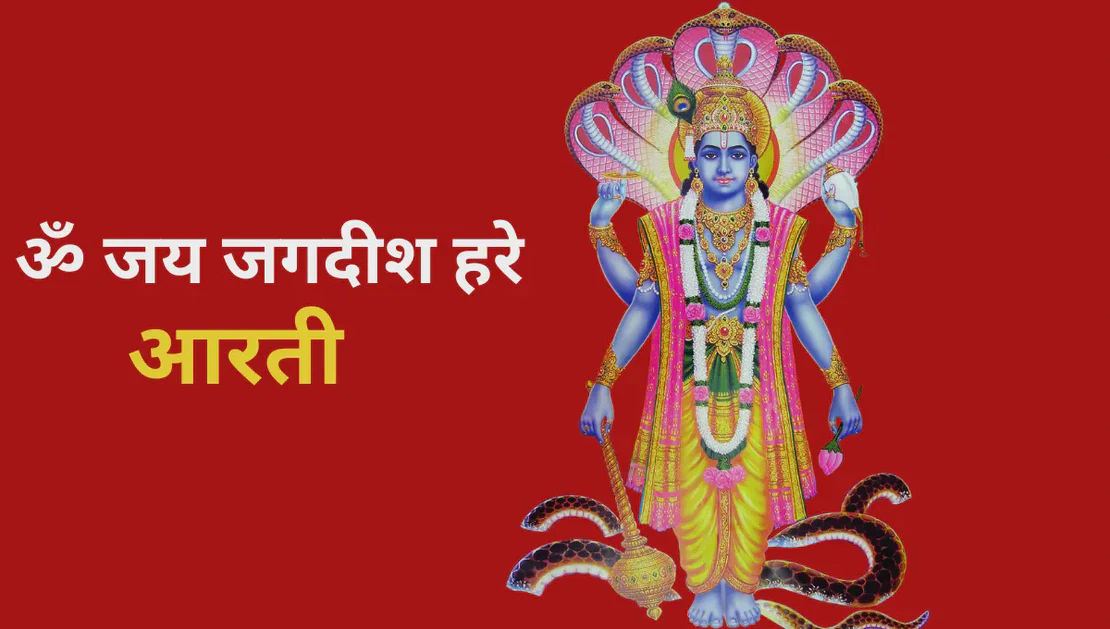Arti Sangrah
Collection of Artis
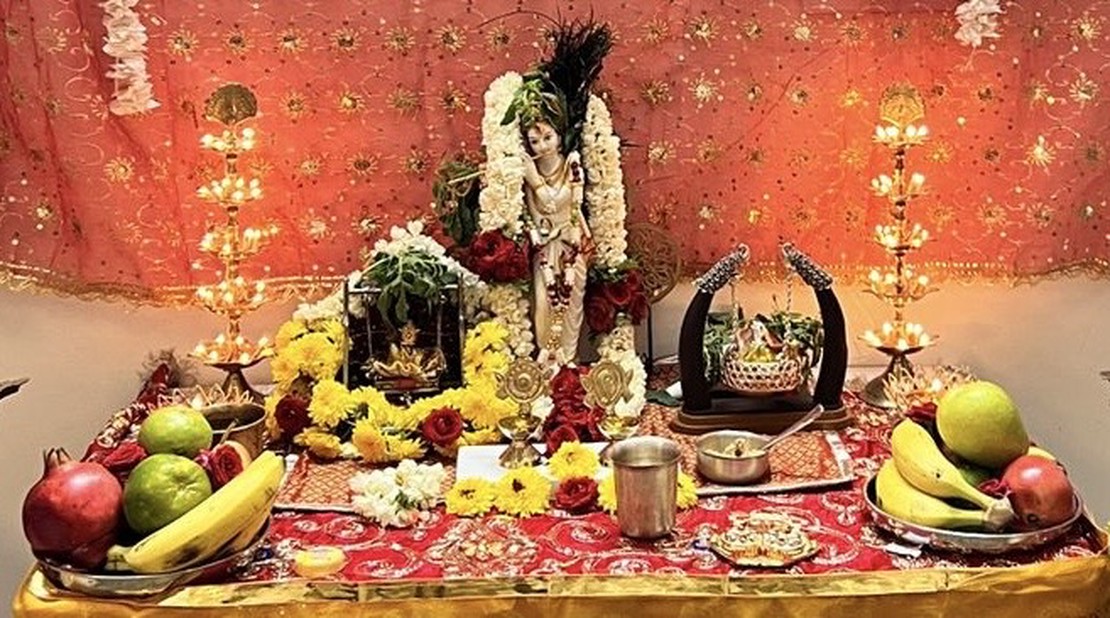
Origin
Aarti is derived from the Sanskrit word ārātrika (आरात्रिक), which means something that removes rātrī, darkness (or light waved in darkness before an icon).Another word from which Aarti is thought to be derived is the Sanskrit word Aaraartikyam (Sanskrit: आरार्तिक्यं). A Marathi language reference says it is also known as Mahaneeranjana (Sanskrit: महानीराञ्जना)
Aarti is said to have descended from the Vedic concept of fire rituals, or homa. It is one of the sixteen steps (shodasha upachaara) of the pooja ritual. It is referred to as the auspicious light (mangla niraajanam).
In the traditional aarti ceremony, the flower represents the earth (solidity), the water and accompanying handkerchief correspond with the water element (liquidity), the ghee or oil lamp represents the fire component (heat), the peacock fan conveys the precious quality of air (movement), and the yak-tail fan represents the subtle form of ether (space). The incense represents a purified state of mind, and one’s “intelligence” is offered through the adherence to rules of timing and order of offerings.
Practice
Aarti can be simple to extravagant, but always involves flame or light. It is sometimes performed one to five times daily, and usually at the end of a puja (in southern India) or bhajan session (in northern India). It is performed during almost all Hindu ceremonies and occasions. It involves the circulating of an ‘Aarti plate’ or ‘Aarti lamp’ around a murty and is generally accompanied by the congregation singing songs in praise of that devta. In doing so, the plate or lamp is supposed to acquire the power of the murty. The priest circulates the plate or lamp to all those present. They cup their down-turned hands over the flame and then raise their palms to their forehead – the purificatory blessing, passed from the devta’s image to the flame, has now been passed to the devotee.The aarti plate is generally made of metal, usually silver, bronze or copper and a diya with oil is kept on it. One or more cotton wicks are put into the oil and then lighted, or camphor is burnt instead. The plate may also contain flowers, incense and akshata (rice). In some temples, a plate is not used and the priest holds the ghee lamp in his hand when offering it to the Bhagvan.
Significance
Aarti can be an expression of many things including love, benevolence, gratitude, prayers, or desires depending on the object it is done to/ for. For example, it can be a form of respect when performed to elders, prayers when performed to bhagvan, or hope when performed for homes or vehicles. Emotions and prayers are often silent while doing Aarti, but this is determined by the person carrying out the ritual involved. It’s also believed that goodwill and luck can be taken through symbolic hand movements over the flame.
Aarti is not only limited to God. Aarti can performed not only to all forms of life, but also inanimate objects which help in progress of the culture. This is exemplified by performer of the aarti waving aarti to all the devotees as the aarti comes to the end – signifying that everyone has a part of God within that the performer respects and bows down to. It is also a common practice to perform aarti to inanimate objects like vehicles, electronics etc. at least when a Hindu starts using it, just as a gesture of showing respect and praying that this object would help one excel in the work one would use it for. It is similar to the ritual of doing auspicious red mark(s) using kanku (kumkum) and rice.
Aarti Songs
Hinduism has a long tradition of aarti songs, simply referred to as ‘Aarti’, sung as an accompaniment to the ritual of aarti. It primarily eulogizes to the deity the ritual is being offered to, and several sects have their own version of the common aarti songs that are often sung on chorus at various temples, during evening and morning aartis. Sometimes they also contain snippets of information on the life of the gods.
The most commonly sung aarti is that which is dedicated to all deities is Om Jai Jagdish Hare, known as “The Universal Aarti” and is another common aarti song. Its variation are used for other deities as well such as Om Jai Shiv omkara, Om Jai Lakshmi mata, Om Jai Ambe gauri, Om Jai Adya Shakti, Om Jai Saraswati Mata, Om Jai Gange Mata, Om Jai Tulsi Mata and Om Jai Surya Bhagvaan. In Ganesha worship, the aarti Sukhakarta Dukhaharta is popular.
Wherever puja is performed it includes three important components: the seeing of the deity; puja, or worship, which includes offering flowers, fruits, and foods; and retrieving the blessed food and consuming it. By performing these sacred acts the worshiper creates a relationship with the divine through his or her emotions and senses.
Collection Of Artis




